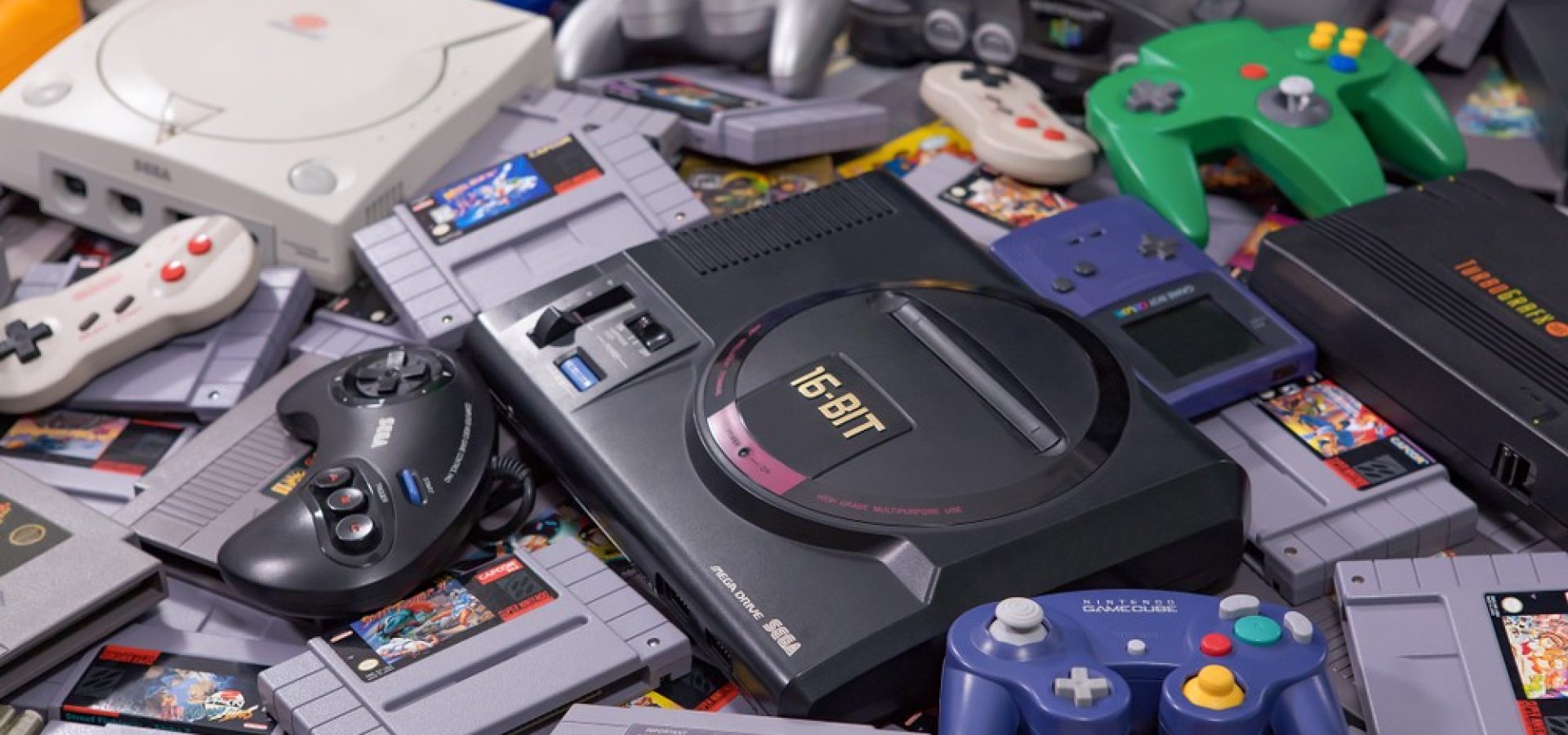Gaming systems from Sony, Microsoft, and Nintendo were prohibiting in China for 14 years.
While these consoles were available on the so-called grey market — stores that sold imported gadgets for a hefty price — the rule increased the popularity of PC and mobile gaming. During the more than a decade-long prohibition, Chinese developers such as Tencent and NetEase concentrated their energies on creating blockbuster titles for those platforms.
Things are changing now. Together with a new breed of gaming developers, China’s internet titans aim to capitalize on the growth of video game consoles in China and target players who grew up with those gadgets in other countries. In China, Sony, Microsoft, and Nintendo have all released their next-generation gaming systems.
The console is enormous for the worldwide market – it accounts for around 30% of revenue. But in China, it’s only 1%, so there’s a tremendous potential opportunity for console game developers, Frank Mingbo Li, the founder of Tencent-backed game firm Studio Surgical Scalpels, told CNBC. Surgical Scalpels is developing “Boundary,” an outer-space-themed “first-person shooter” game for PC, PlayStation 4, and PlayStation 5.
Mobile and PC Game Revenue
According to Niko Partners, the Chinese game console hardware and software business was worth 1.84 billion dollars in 2020. However, this dwarf by earnings from mobile and PC games. In 2020, the revenue from mobile games alone was $29.2 billion. According to industry research firm Newzoo, the global console market predicts generating $49.2 billion in revenue. Thus, accounting for 28 percent of the international games market. That’s when the opportunity comes up.
Although consoles have banned between 2000 and 2014, we are witnessing tremendous demand for consoles in China. And there is an even larger market for consoles outside of the country, says the company. Daniel Ahmad is a writer from India.
Console Market
Tencent, the world’s largest gaming company, and rival Chinese firm NetEase have interest in the console sector.
On Thursday, NetEase released a high-profile game named “Naraka: Bladepoint,” a 60-person battle royale game similar to the popular title “Fortnite.” Hangzhou, a China-based startup, works on a game’s console version, but no set release date.
NetEase launched a gaming studio in Montreal, Canada, in 2019 to help with international expansion, and another in Japan last year dedicated to console game production. Tencent’s gaming expansion has been fueled mainly by acquisitions of or investments in game studios throughout the years. That has been concentrated on smartphones but now expanding to companies developing games for PC and consoles. According to the research, through 2020, most of Tencent’s domestic investments were in mobile gaming. Timi Studio, a Tencent-owned developer, has opened facilities in Montreal and Seattle to focus on PC and platform games.









COMMENTS